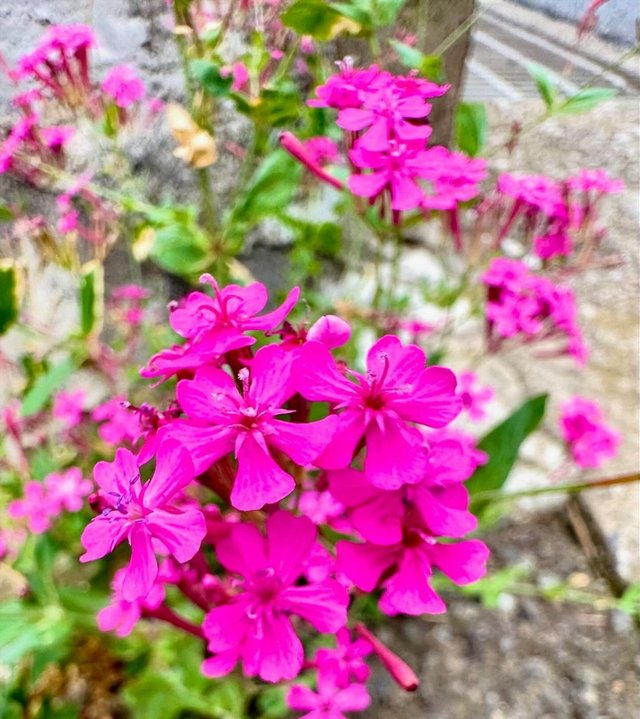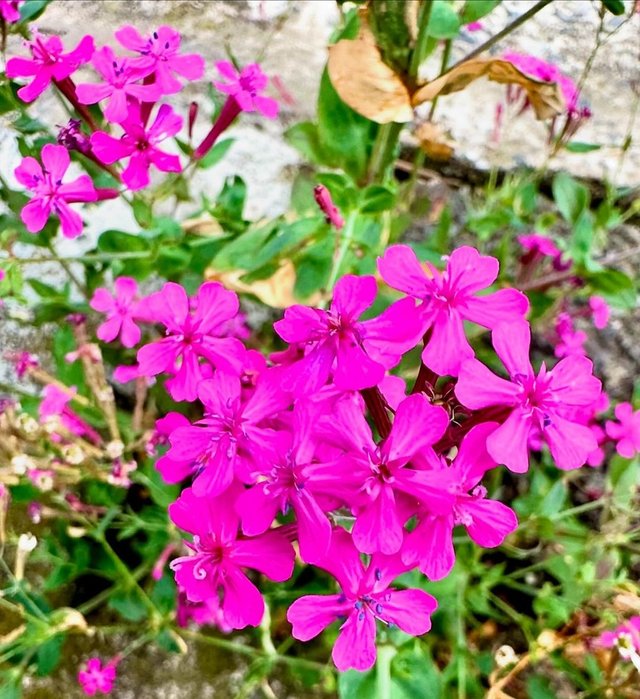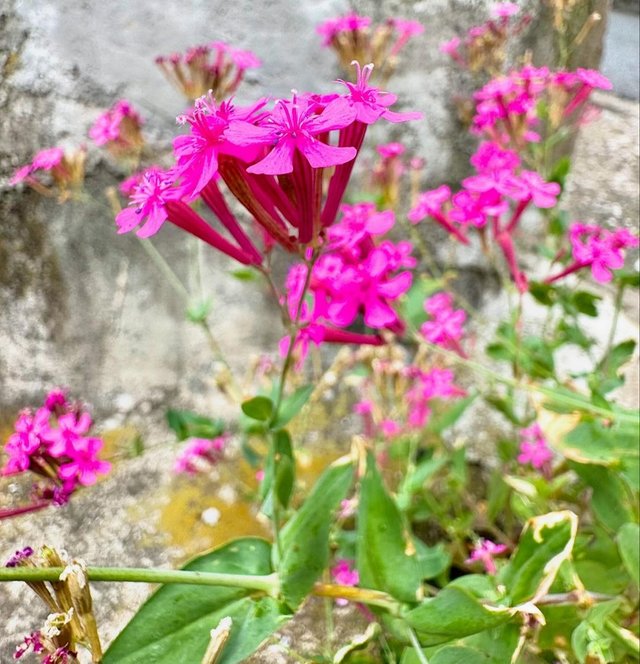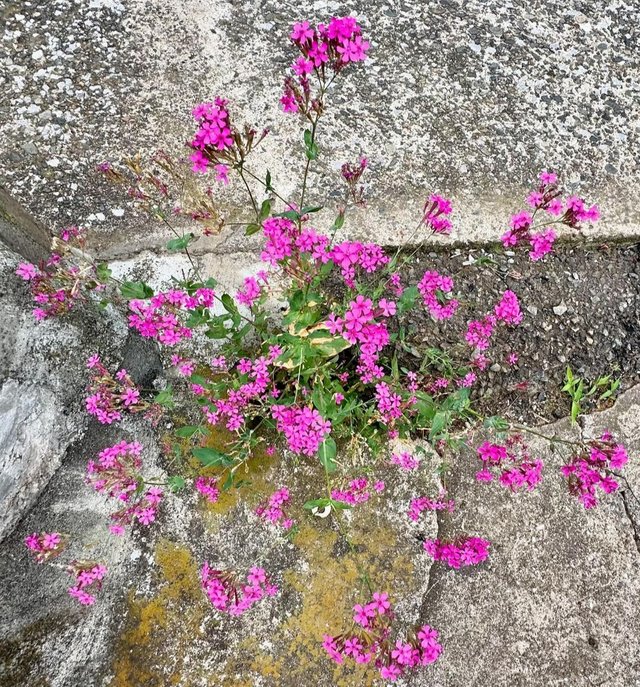Viscaria Vulgaris So Beautiful
Viscaria vulgaris: An Exploration into the Common Sticky Catchfly
Introduction
Viscaria vulgaris, also known as the common sticky catchfly or clammy campion, is a fascinating perennial plant belonging to the Caryophyllaceae family. It is native to Europe and parts of Asia, thriving in diverse environments ranging from meadows to rocky outcrops. This plant is renowned not only for its striking appearance but also for its unique ecological adaptations and cultural significance.
Botanical Characteristics
Morphology
Viscaria vulgaris typically grows to a height of 20-60 centimeters. Its most distinguishing feature is its sticky, glandular stem, which often traps small insects, giving rise to its common name. The plant produces linear to lanceolate leaves that are arranged oppositely along the stem. These leaves are covered with fine hairs, contributing to the plant’s overall sticky texture.
Flowers
The flowers of Viscaria vulgaris are its most captivating aspect. Blooming from May to August, the flowers are usually pink or magenta, with five petals that are deeply notched, creating a star-like appearance. Each flower measures about 2-3 centimeters in diameter and is supported by a long pedicel. The vivid coloration and delicate structure make these flowers a popular subject in wildflower photography and botanical illustration.
Reproduction
Viscaria vulgaris reproduces both sexually, through seed production, and vegetatively, via rhizomes. The flowers are hermaphroditic, containing both male and female reproductive organs. Pollination is primarily facilitated by insects, which are attracted to the bright flowers. Following successful pollination, the plant produces small, capsule-like fruits that release numerous tiny seeds, ensuring the propagation of future generations.
Ecological Role and Adaptations
Habitat
Viscaria vulgaris is a versatile plant that can be found in a variety of habitats. It prefers well-drained soils and is often seen in meadows, grasslands, and rocky areas. Its ability to thrive in poor soil conditions makes it a resilient species, capable of colonizing areas where other plants might struggle.




Thanks For Reading
Device Information
| Device | cannon eos 600D |
|---|---|
| Lens | 55-250 zoom leans |
| Location | Myanmar |
